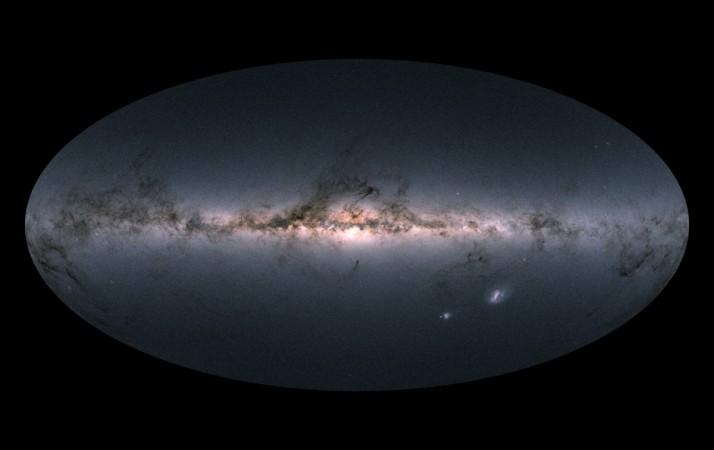
The large empty swathes of space between stars is often thought to be completely empty, and that is actually one of the properties of space- its vast vacuum. It is between these gaps that all the dark matter is believed to be, but there might also be massive reserves of sticky, greasy, toxic carbon just suspended in clouds out there.
Matter is considered to be organic only if it is either made of or contains carbon in it. Life as humans know it has to be based in carbon, as is all the life on Earth. Having said that, carbon is not the most abundant element in the universe, says a report by the Royal Astronomical Society (RAS). Only about half the carbon found between the stars is in its pure form, the rest of it has been found to be bound chemically in its two main forms- grease-like (aliphatic) and mothball-like (aromatic), a new study has found.
A team of researchers from the University of New South Wales in Sydney (UNSW), and Ege University in Turkey recreated interstellar dust in their laboratory. They were able to make space grease by mimicking the process by which organic molecules are synthesised in the outflows of carbon stars, by expanding a carbon-containing plasma into a vacuum at low temperature, notes the release.
Professor Tim Schmidt at UNSW Sydney explained how they were able to measure the greasy carbon between stars by combining lab results with observations from astronomical observatories.
The researchers found that between the stars, there are nearly 100 greasy carbon atoms for every million hydrogen atoms. That makes up for between a quarter and a half of all available carbon, says the report. In the Milky Way Galaxy alone, this makes up about 10 billion trillion, trillion tonnes of greasy matter.
As to what kind of grease it is, the professor went on to explain that, "It's dirty, likely toxic and only forms in the environment of interstellar space (and our laboratory). It's also intriguing that organic material of this kind –material that gets incorporated into planetary systems– is so abundant."
There are massive gaps between stars in the Milky Way, sometimes stretching many light years across. The nearest star to Earth is the Alpha Centauri binary system and in the Milky Way itself, the farthest stars within the Milky Way are ULAS J0744+25 and ULAS J0015+01— are about 775,000 and 900,000 light-years from Earth, that makes them even further away than smaller galaxies in the other direction.














